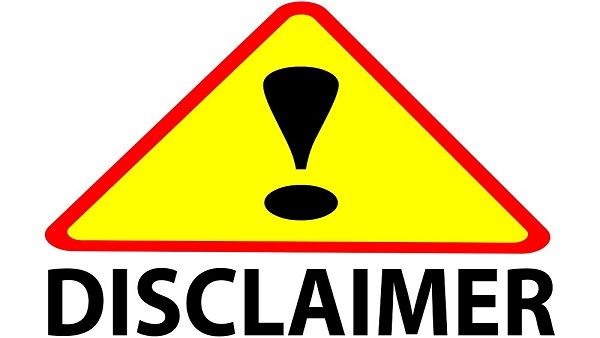Economists are tracking proxy economic indicators such as footwear sales, city billboard usage, product and services advertisements, travel-related searches, fish, meat and poultry purchases, and demand for smartphones to gauge the strength of the post-pandemic recovery.
A string of high-frequency alternative indicators, along with government-issued data sets such as goods and services tax (GST) collection, foreign trade, e-way bills and Purchasing Managers’ Index (PMI), have shown the economy has gathered pace. But gauging the true extent of recovery is proving difficult, given the distortion caused by the extreme base effect of Covid-hit FY21.
The proxy indicators are helping reduce the noise. Most of these indicators suggest strong economic momentum.
Footwear maker Bata booked a net profit of Rs 37 crore in the September quarter on the back of higher sales across retail outlets and digital channels, swinging back to profitability after a loss in the previous financial year.
Higher footwear sales are a proxy for, or an alternative lead indicator of, the “confidence level” among consumers. More footwear sold means people have started going out after several months of Covid-led lockdowns and restrictions.
“Reduction in Covid cases and wide vaccination coverage have led to an increase in consumer confidence and morale,” said Gunjan Shah, CEO, Bata India.
“People are gradually moving towards normalcy… this is resulting in increased footfall across all our outlets.”
“These proxy indicators may not be accurate all the time, but they can give you a direction as to where the country is headed,” said Devendra Kumar Pant, chief economist, India Ratings.
Sachchidanand Shukla, chief economist at Mahindra Group, who tracks 37 variables to gauge consumption patterns across the country, said the recovery in the services sector is helping growth. Key metrics such as loan collection data, tractors, farmers’ income and consumer durables are gaining traction, he said.
“If there’s no third wave, and Covid cases hit a declining trend with wide vaccination coverage, we may see double-digit economic growth this year,” said Shukla. “Farmers’ cash flows are better, as there have been higher levels of government-led procurement this year.” The services PMI touched a decade high in October.
Madan Sabnavis, chief economist at CARE Ratings, said there is a marked improvement in recovery since the Ganpati festival. In the run-up to Diwali, there has been a voluminous increase in the number of companies booking advertisements for their products and services, he said.
“We’ll have to see if the higher levels of GST collection can be maintained post the festival season… But, as of now, things are looking up. Even bank credit is showing signs of recovery,” said Sabnavis. G Chokkalingam, managing director at Equinomics Research, said most high-frequency indicators – such as diesel sales, truck and rail freight rates, spatial distribution of monsoon, water storage levels in reservoirs, life insurance premiums and domestic pharmaceutical formulation sales– are showing an upward trend.
“There’s liquidity in the system for now, thanks to the stimulus packages given by governments the world over. Even the FDI (foreign direct investment) flow to India is stable now,” said Chokkalingam. “Systemic liquidity will keep the asset classes buoyant for some more time.”
Abheek Barua, chief economist at HDFC Bank, said the sales of fish, meat and poultry – the “protein basket”– hovered at elevated levels over the past few weeks, denoting stability in rural household incomes. But this cannot be a surefire indicator this time round, he said, as the supply of poultry has been severely hit after a cull due to avian flu.
“We are seeing signs of a switch from cereals and pulses to fish and meat currently, but this may not be an apt indicator now. Instead, we are looking at smartphone sales in rural India,” said Barua.
“There’s strong recovery, but it is biased towards the organised sector and mid-to high-income earners, and is now restricted to urban pockets. There could be stress among MSMEs (micro, small and medium enterprises) and low-income households.”
Consulting firm Counterpoint Research said smartphone shipments maintained strong momentum after the second Covid-19 wave, as high consumer demand outweighed supply. The sub-Rs 20,000 phone category has seen brisk sales in recent months, it said in a report.
QuantEco Research economist Yuvika Singhal, who tracks Google and Apple mobility data along with other high-frequency indicators, said, “The mobility data points show that more people have started visiting transit stations – denoting long-distance travel. We are also seeing mobility towards workplaces now.”
Singhal further said, “For the services sector, we use Google searches as one of the proxies. More people are searching for flight tickets, holidays, consumer durables and even movie tickets now. Almost all city-based billboards are flashing advertisements now… for sure, the pace of recovery has continued for five months. We’ll have to see if it continues.”
















